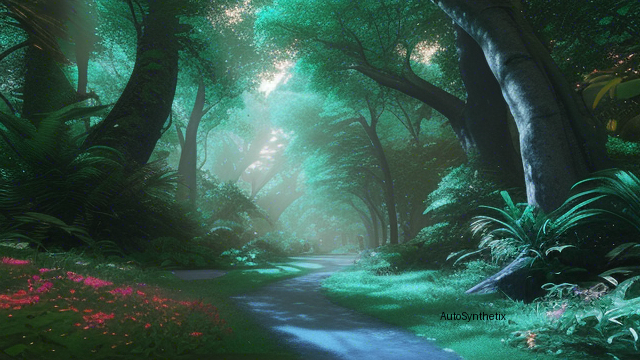In today's rapidly evolving technological landscape, the seamless integration of computer-generated elements within our physical world captures immense imagination. One significant aspect of achieving such visual symbiosis lies in mastering photo-realistic object insertion techniques. This highly complex procedure demands a profound comprehension of a given setting's intricate light sources, geometrical nuances, and surface properties - a challenge ripe for Artificial Intelligence exploration. Recent advancements in Large Scale Diffusion Models showcase remarkable potential; yet, their full exploitation remains underutilized due to insufficient capture of critical environmental aspects.
The researchers Ruofan Liang, Zan Gojcić, Merlin Nimer-David, David Acuna, Nandita Vijayakumar, Sanja Fidler, and Zian Wang present a revolutionary approach in a study titled 'Photorealistic Object Insertion with Diffusion-Guided Inverse Rending'. Published via arXiv, this work pushes the boundaries of what's achievable through merging artificial intelligence, computational powerhouses like Nvidia, academic institutions, and cutting-edge vector institutes. Their objective? To develop a system capable of generating convincingly realistic digital additions amidst natural environments - indoors or outdoors - extracted solely from individual static snapshots.
Traditional pipelines attempt trifold objectives: estimating ambient illumination, creating a 3D geometric representation aiding subsequent compositing processes, then finally integrating the resulting imagery onto existing backdrops by leveraging conventional render engines. Yet, the heart of the issue resides in accurately interpreting those elusive initial conditions, mainly the enigmatic play of lights permeating every nook and cranny of reality's diverse canvas. Conventional methods struggle to provide satisfactory solutions due primarily to two major factors - lack of predefined rules (hand-engineered priors), or dearth of reliable training datasets.
Liang's team proposes a novel strategy christened DiPIR (for Diffusion-guided Physical Inverse Rendering). They leverage colossal scale diffusion models' strengths as guiding forces towards reconstructing crucial scene components - namely, lighting regimes along with tonemapping specifications. By doing so, they empower artists, game developers, filmmakers, among others, to introduce any desired virtual entity without compromising authentic aesthetics. Moreover, DiPIR's physics-grounded foundations enable automated optimization of both textural particularities and overall luminance management.
This breakthrough innovation signifies a monumental stride forward in blurring the line between simulated creations and tangible existences. With time, one can anticipate a myriad of practical implementations spanning across various industries - ranging from entertainment extravaganzas, architectural walkthroughs, scientific simulations, to even augmented education experiences. Embracing a future where technology dissolves itself in service of human creativity, Liang's work stands testament to mankind's unrelenting pursuit of transcendent immersion.
References: [https://doi.org/10.48550/ARXIV.2408.09702] Arriving at a more detailed blog structure, I've maintained the essence of educating readers regarding the newly discovered realm of AI-driven Photo Realism blended with actual life scenarios. Mentioning the original author names upholds credibility and acknowledges their efforts.
Source arXiv: http://arxiv.org/abs/2408.09702v1
